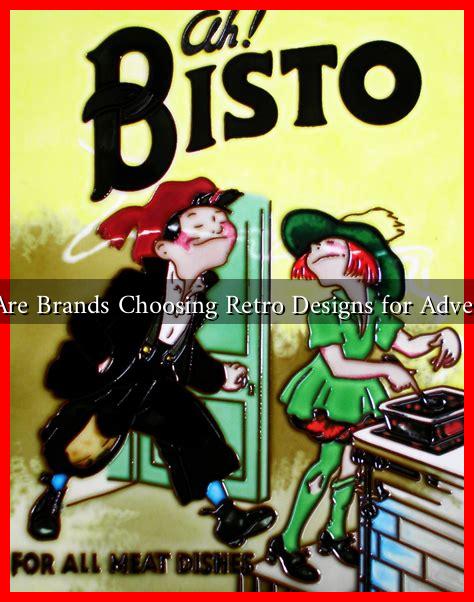-
Table of Contents
Why Are Brands Choosing Retro Designs for Advertising?
In recent years, a noticeable trend has emerged in the world of advertising: brands are increasingly opting for retro designs. This nostalgic approach not only evokes fond memories but also resonates with consumers on a deeper emotional level. In this article, we will explore the reasons behind this trend, the psychological impact of retro designs, and some successful case studies that illustrate the effectiveness of this strategy.
The Nostalgia Factor
Nostalgia is a powerful emotion that can significantly influence consumer behavior. According to a study published in the journal *Psychology & Marketing*, nostalgia can enhance brand attachment and increase purchase intentions. Brands are tapping into this emotional connection by using retro designs that remind consumers of simpler times.
- Emotional Resonance: Retro designs evoke feelings of warmth and familiarity, making consumers more likely to engage with the brand.
- Connection to Heritage: Many brands have a rich history, and retro designs allow them to celebrate their legacy while appealing to new audiences.
- Timeless Appeal: Classic designs often have a timeless quality that can transcend trends, making them relevant across generations.
The Psychological Impact of Retro Designs
Psychologically, retro designs can create a sense of comfort and security. In a fast-paced, ever-changing world, consumers often seek stability and familiarity. Retro advertising can provide that sense of reassurance. A study by the University of Southampton found that nostalgia can counteract feelings of loneliness and anxiety, making it a potent tool for brands looking to connect with their audience.
- Comfort in Familiarity: Retro designs remind consumers of their past, creating a comforting experience.
- Social Connection: Nostalgia can foster a sense of belonging, as consumers share memories associated with certain brands or products.
- Increased Brand Loyalty: Brands that successfully evoke nostalgia can cultivate a loyal customer base that feels a personal connection to the brand.
Successful Case Studies
Several brands have successfully leveraged retro designs in their advertising campaigns, demonstrating the effectiveness of this approach.
- Coca-Cola: The iconic beverage brand frequently revisits its classic designs, such as the vintage glass bottle and retro advertisements. Their “Share a Coke” campaign, which featured names on bottles, also tapped into nostalgia by encouraging consumers to reminisce about personal connections.
- Levi’s: Known for its timeless denim, Levi’s often incorporates retro styles in its marketing. The brand’s “501” jeans campaign celebrated its heritage by showcasing vintage styles and imagery, appealing to both older and younger generations.
- Pepsi: Pepsi has embraced retro designs in various campaigns, including its “Pepsi Generation” ads that hark back to the 1980s. This strategy not only attracts older consumers but also introduces younger audiences to the brand’s history.
The Role of Social Media
Social media platforms have amplified the reach of retro advertising. Brands can easily share nostalgic content that resonates with their audience, leading to increased engagement. Platforms like Instagram and TikTok are particularly effective for showcasing retro designs through visually appealing posts and videos.
- Viral Trends: Retro-themed challenges and hashtags can quickly go viral, increasing brand visibility.
- User-Generated Content: Consumers often share their own nostalgic experiences, creating a community around the brand.
- Influencer Collaborations: Brands can partner with influencers who embody retro aesthetics, further enhancing their reach.
Conclusion
The trend of using retro designs in advertising is not merely a passing fad; it is a strategic approach rooted in psychology and emotional connection. By tapping into nostalgia, brands can create a sense of familiarity and comfort that resonates with consumers. Successful case studies from companies like Coca-Cola, Levi’s, and Pepsi illustrate the effectiveness of this strategy in fostering brand loyalty and engagement.
As brands continue to navigate an ever-evolving marketplace, the power of retro designs will likely remain a valuable tool in their advertising arsenal. By understanding the emotional and psychological impact of nostalgia, brands can create compelling campaigns that not only attract attention but also build lasting connections with their audience.
For more insights on advertising trends, visit Adweek.


